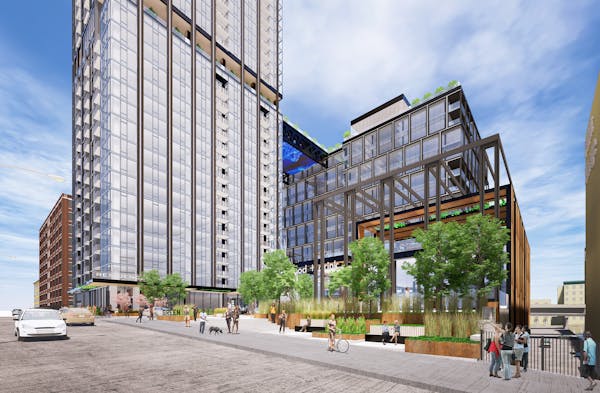Home sales in the Twin Cities last year reached a 20-year high despite a 20-year low in listings.
Put together, the two extremes led to a double-digit increase in home prices.
Throughout 2021, buyers closed on 66,319 properties, a 2.7% increase over 2020, according to a year-end sales report from the Minneapolis Area Realtors (MAR) and the St. Paul Association of Realtors (SPAAR).
That marked the fourth year of annual sales gain for the housing market in the Twin Cities, defying the pressure on the region's broader economy from the pandemic.
At the same time sellers listed 75,536 properties, slightly fewer than in 2020. Comparing supply and demand figures, buyers were left with 26% fewer options than they had the year before.
"Some aspiring buyers grew frustrated with a market favoring sellers," wrote Denise Mazone, MAR's 2022 president, in a statement.
Prior to the pandemic, sales gains were driven by record low mortgage rates. The pandemic itself helped drive home sales as renters and existing homeowners sought more space.
The remote work trend also enabled many home buyers to live in communities that once were too far from their jobs.
For sellers, pent-up demand helped fuel record price gains. During the year the median sales price of all single-family houses, condos and townhouses across the metro increased 11.4% to $339,900. With buyers outpacing sellers in many parts of the metro, bidding wars helped those sellers garner more than their asking price.
"I worked with several buyers who wrote upwards of five offers but we kept losing out, particularly in the more affordable segments," Mazone said.
For buyers, 2021 was a year of frustration. By the end of the year there was just a 1.2-month supply of listings, down 33.3 % year-over-year. The market is considered balanced between buyers and sellers when there's a five- to six-month supply of listings.
With so few listings on the market, buyers didn't waste any time. On average, houses sold in just 28 days, a 40% decline compared with last year.
Sales were up in virtually every category with condos posting the biggest gain by increasing more than a quarter over the previous year. The most dramatic shift in the market was for properties priced at more than $1 million. Those sales increased more than 50%, causing a steep decline in market times for those properties.
In contrast to 2020 when the pandemic pushed the spring market — normally the busiest buying season of the year — into the fall and winter, 2021 was in most ways a return to normal for buying patterns.
Buyers were most active during the first half of the year when mortgage rates were lowest, causing double-digit price increases during the early part of the year. Sales slowed slightly during the latter part of the year, causing price gains to moderate slightly.
"While the year was undeniably strong, we did see sales activity slow and price gains moderate in the second half of the year," said Mark Mason, president of SPAAR. "Ten percent price growth, or higher, simply isn't sustainable long term."

